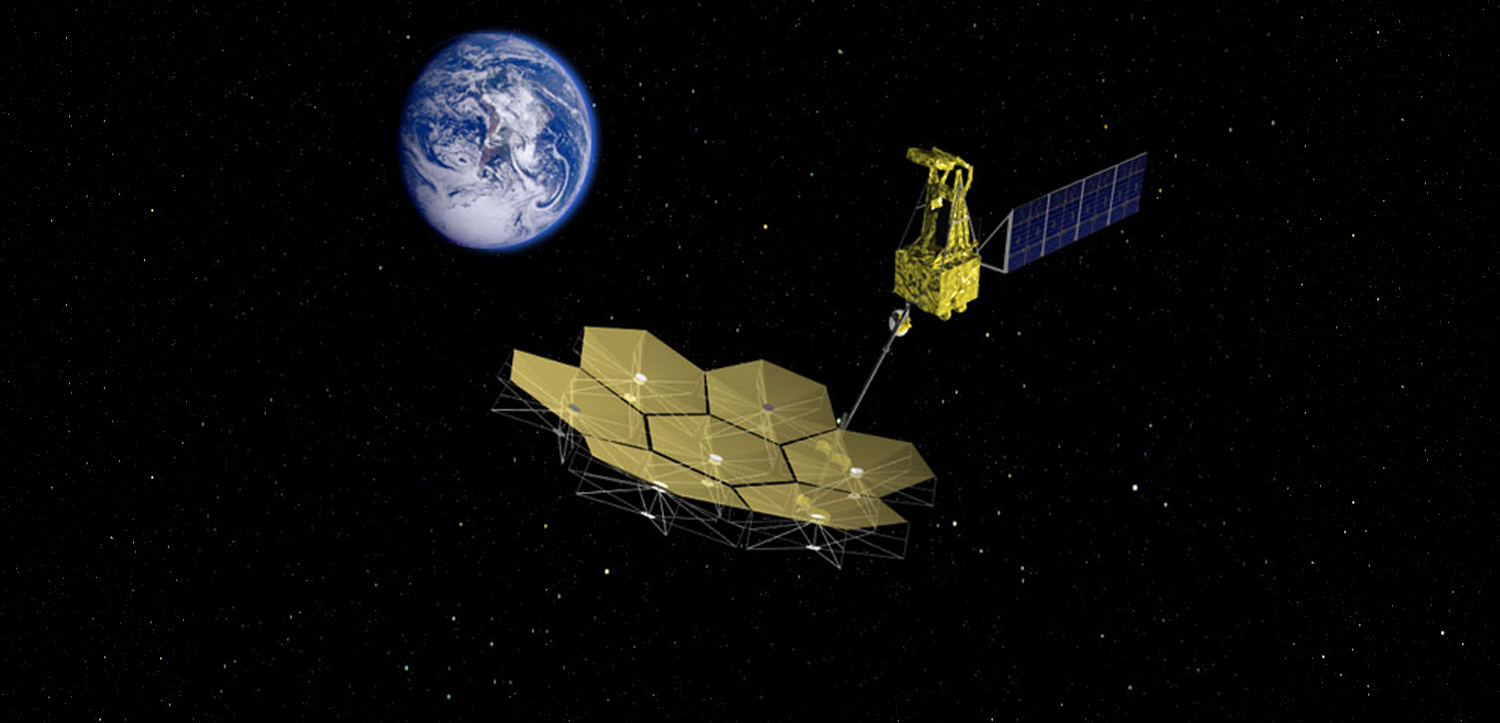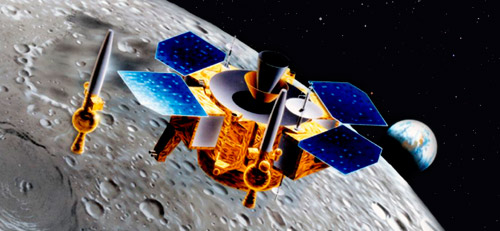The name for the scientific satellite for the VSOP-2 project was decided as ASTRO-G. The radio astronomy satellite HALCA, which performed an important role in the VSOP project, was called MUSES-B before launch. MUSES denotes a series of space engineering spacecraft launched by Mu rocket. HALCA was the second scientific satellite in the series. HALCA successfully carried out all the technological experiments necessary for space VLBI observations and, moreover, it achieved considerable results in astronomy. The VSOP-2 becomes a radio astronomical observation project by taking over HALCA’s engineering and astronomical results. The scientific satellite developed for the project is the seventh astronomy satellite (ASTRO), and thus named ASTRO-G.
However, since the technology to deploy its 9m antenna with high surface accuracy turns out to be very challenging, we concluded that the major scientific goals of the mission could not be achieved with the current best surface accuracy. Even by compromising the range of scientific goals, it became clear that the necessary cost and time for the project would be much more than initially forecast, and therefore the decision was made to cancel the ASTRO-G project.
| Name | ASTRO-G |
|---|---|
| Objectives | VLBI is a technology to produce a huge virtual radio telescope by synthesizing radio signals from celestial bodies received by multiple radio telescopes. The technology offers the highest resolution among various astronomical observation systems available now. By adding a satellite carrying a radio telescope to the VLBI observation network, an ultra-huge telescope far exceeding the ground-based radio-telescope VLBI can be created, providing us with the world’s highest, unsurpassed resolution. The objectives of the VSOP-2 project are to pursue physics of extreme regions in the universe as shown below. 1.Structure of accretion disks around black holes of active galactic nuclei 2.Transition region where astrophysical jets are generated and accelerated 3.Water vapor megamasers in the central region of outer galaxies 4.Magnetosphere of protostars inside the galactic system 5.Water vapor masers and silicon monoxide masers in the star-formation regions, etc., inside the galactic system. |
| Weight | 1.2 t |
| Shape | Equipped with the following deployment structures: large deployable antenna with aperture diameter 10m; one-wing solar-array paddle; and high-speed data communication antenna |
| Orbital Altitude | Perigee 1,000km, Apogee 25,000 km |
| Orbital Inclination | 31° |
| Type of Orbit | Highly elliptical |
| Orbital Period | Approx. 7 hr 30 min |
| Scientific Instruments(Planned) | Offset Cassegrain antenna with aperture diameter approx. 10m Highly sensitive receivers (8.4GHz, 22GHz, 43GHz) |



